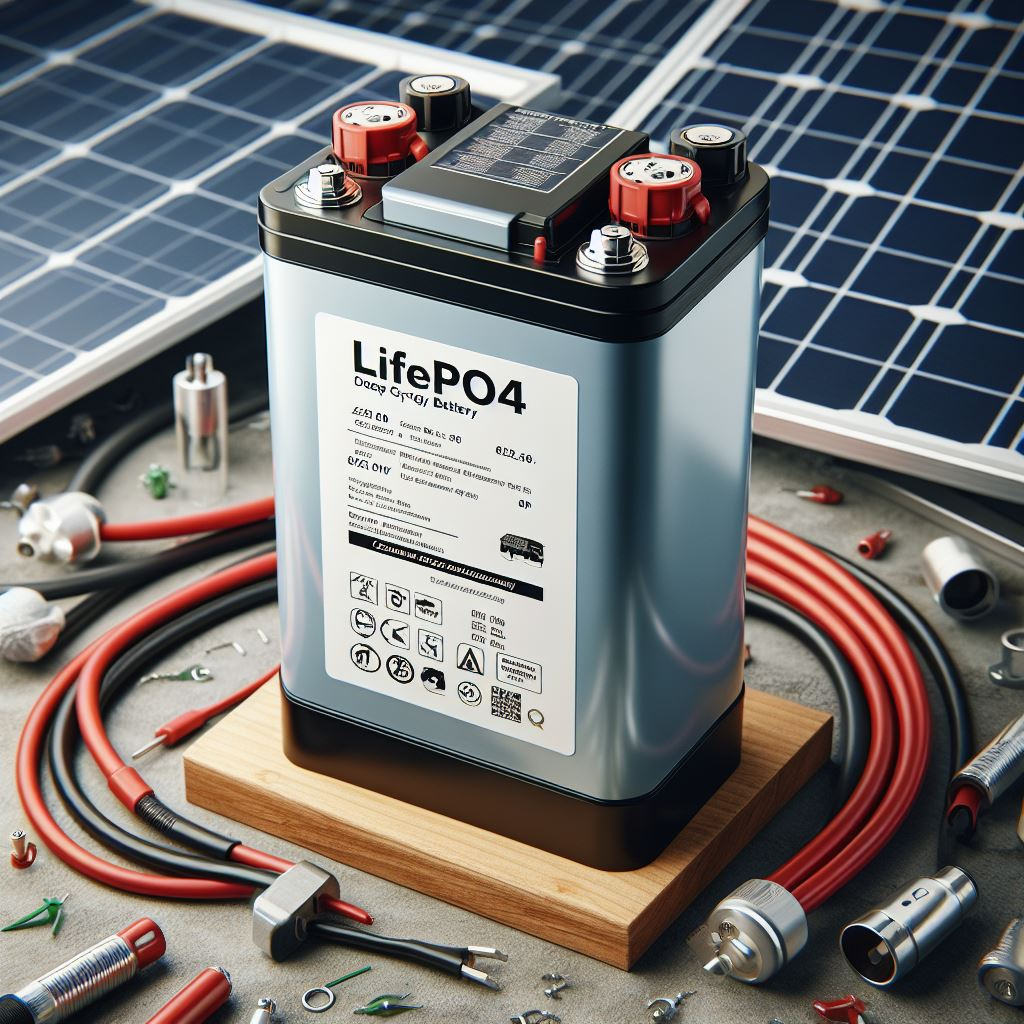When using portable power stations (PPS), it is essential to pay attention to several aspects to ensure safety, extend the lifespan of the device, and guarantee optimal performance. Below are some critical points to consider:
-
Environmental Conditions:
Portable power stations should be used within a suitable temperature range. For example, ALLPOWERWS AP-SS-005 recommends an operating temperature between 0°C to +40°C (32°F to 104°F). Additionally, avoid storing or using the PPS in humid environments or outdoors without protection to prevent damage.
- Waterproofing and Moisture Protection:
While some models may claim a certain level of water resistance, generally, you should prevent any liquids from coming into contact with the device. Do not immerse the PPS in water or allow it to get wet, as emphasized by EGRETECH S1200. This precaution helps avoid electrical shorts and other failures.
- Proper Charging Methods:
Follow the manufacturer’s guidelines for selecting appropriate charging methods for different types of PPS. For instance, MAXWATT PRO2600i suggests charging through its AC adapter port connected to a wall outlet . If solar charging is supported, ensure that the total input voltage does not exceed the maximum allowed by the PPS, such as when using BLUETTI PV220, which specifies compatibility with certain models only and warns against exceeding the input voltage limit.
-
Preventing Overheating:
High temperatures can damage batteries or pose risks; therefore, keep the device away from heat sources and direct sunlight. POWER RIDGE X-300 explicitly cautions users against placing the device in high-temperature environments or near flames.
- Safe Operation:
Never attempt to disassemble, modify, or repair the device or its battery yourself, as this could lead to injury or structural damage. Similarly, POWER RIDGE X-300 advises against using the device in damp conditions .
- Regular Maintenance:
To maintain good working conditions, follow the manual’s recommendations for regular inspection and cleaning of the PPS. Ensure all ports are clean and free of dust, and check for any physical damage.
- Efficient Power Management:
Understand your power needs and choose a PPS with adequate capacity accordingly. Also, manage the power distribution during actual use, prioritizing essential devices to avoid excessive discharge, which can impact battery life.
- Compliance with Local Regulations:
In certain settings, especially public areas or campgrounds, there might be specific rules regarding carrying and using PPS. Users should consult and adhere to these regulations beforehand.
In summary, proper usage and maintenance of portable power stations significantly enhance their reliability and longevity while better-serving user needs. Enjoy the convenience they offer but always prioritize safety measures to ensure each use is safe and reliable. By adhering to these guidelines, users can maximize the benefits of PPS in various outdoor activities, ensuring both efficiency and safety.




